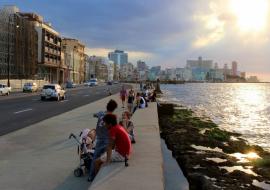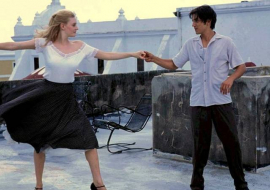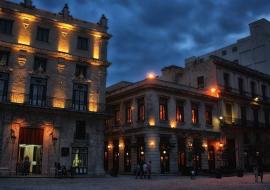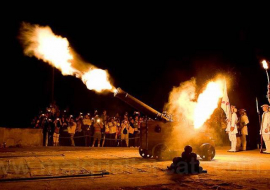Havana's Capitol Gets a New Lease on Life
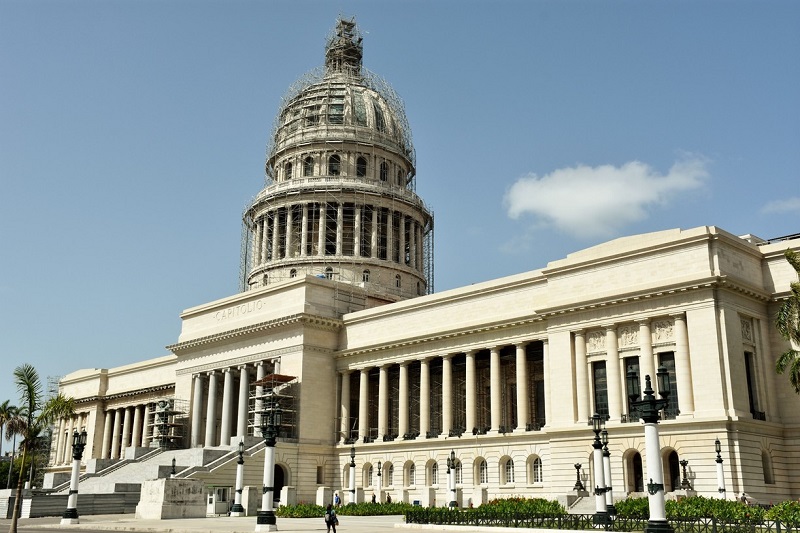
Cubans are preparing for a big celebration of Havana's historic glory next year. In 2015, Cuban historians remembered when Spanish explorer Diego de Velazquez founded a settlement called San Cristobal de la Habana in 1515. It was on the island's southern coast. In 1519, the Spaniards relocated the settlement to the site of present-day Havana.
The Pantheon in Paris inspired Cuban architect Eugenio Rayneri, who was educated at the University of Notre Dame in Indiana, to design El Capitolio, the home of the Cuban Congress. With an enormous steel-and-stone dome, it was the tallest building in Havana.
Workers installed 12 Roman-style stone columns at the entrance. Italian sculptor Angelo Zanelli was commissioned to make two 21-foot bronze sculptures -- "La Virtud Tutelar" and "Work" -- on each side of the 55 steps, known as "La Escalinata."
Zanelli also made a 48-foot bronze master piece plated in 22-carat gold in Rome. The 30-ton sculpture was named the "Statue of the Republic." It remains one of the largest indoor statues in the world. A lot of the gilded lamps around the building were brought from France.
In 1929, the U.S. firm Purdy and Henderson completed the construction of El Capitolio, which many said looked like the U.S. Capitol in Washington, D.C.
As part of getting rid of the old political order, Castro's revolution prioritized changing El Capitolio's purpose to the home of the Academy of Sciences. Its opulence disgusted socialists, who preferred the simplicity of the Jose Martí Memorial, which was completed in 1958.
Maintaining the glory of El Capitolio was no longer a budgetary priority until Historian Eusebio Leal was entrusted with a renovation. The Cuban government aims to complete it before the 500th anniversary of Havana next year. Safety netting drapes the dome, which will be home to Cuba's legislative branch, the National Assembly of People’s Power.
Source: ABC Channel 10








